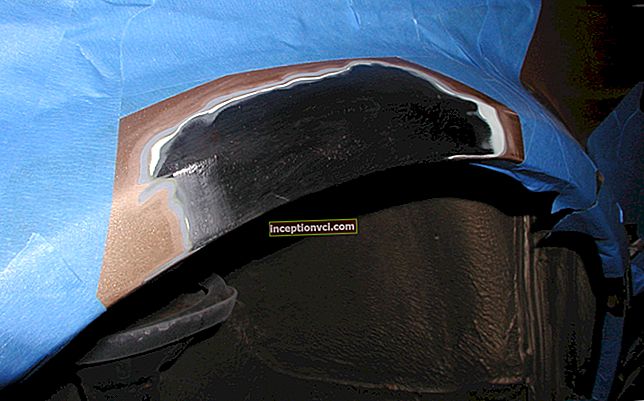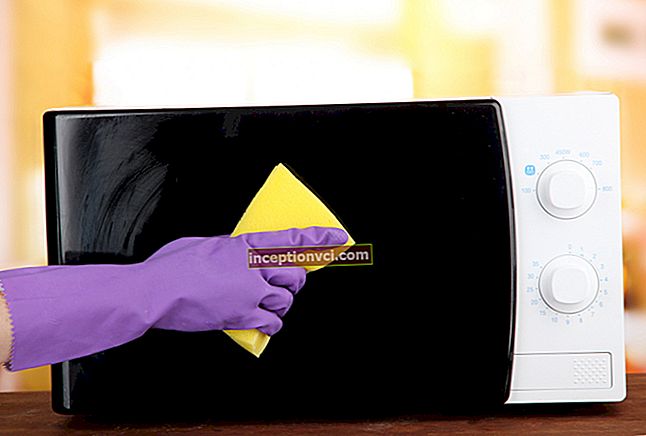Fishing line or cord. Once again about the main thing.
Spinning fishing is gaining more and more popularity among many fishermen in the post-Soviet space. And therefore, spinning fishing has become a whole science, with its own rules, theorems and axioms. Every more or less novice angler understands that in order to fish productively with a spinning rod, anglers must know and take into account the habits of fish, select a certain bait for specific fishing conditions, be able to correctly make the wiring and be able to control it. This is how the debate about the correctness of the gear begins. Some insist that the sensitivity depends on the choice of the rod, others that the quality of the lead depends on the choice of the reel, while others are inclined to believe that it is the choice of the line that determines the sensitivity. Any of these factors is undoubtedly important - there are no trifles in this matter. But now let's dwell on the last of the components - the line. Next, we propose to figure out what type of fishing line should be used by you to achieve high performance and comfort in fishing. There are two types of fishing threads that are fundamentally opposite to each other in terms of structure and areas of application. These are braided lines (cords) and monofilament lines (mono lines). Let's try to consider each of these types in more detail. Mono-lines, as the name implies, consist of one thread. They are made from high-strength synthetic materials. Fishing lines of this type have become widespread due to their relatively small cost and versatility. On the counters of fishing shops, you can buy almost any monofilament thread of domestic or foreign production. But these mono lines are not of the same quality, and the amateur angler needs to be able to understand the characteristics of a particular type of line in order to make a good purchase. One of the main characteristics of a monofilament is its diameter, which is declared by the manufacturer of the line, i.e. indicated on packaging labels or in catalogs. However, in practice, the dimensions indicated by the manufacturer often do not correspond to the real indicators. Most often, there is an underestimation of the declared size relative to the actual diameter of the thread. With this in mind, one should not blindly believe the values indicated on the packages. Especially cheap products or low-quality Chinese consumer goods. It would be reasonable to purchase a monofilament fishing line from a well-known manufacturer, who, valuing their reputation, try to indicate truthful data regarding such a parameter as the diameter of the fishing line. The second point to pay attention to is line sizing. This parameter implies that the diameter of the fishing line remains unchanged along its entire length. It is almost impossible to check this parameter on your own. Therefore, a smart decision would be to purchase a well-known brand of monoti. The use of poorly calibrated lines is not recommended due to the inability to predict its weak points in advance. One of the parameters of the lines is breaking load. What this parameter means is clear from the name. This parameter is often overstated in order to attract the attention of the buyer to the product. Again, when buying mono lines from well-known manufacturers, you can be sure that the numbers indicated on the labels correspond by 80 percent to the real indicators. Without exception, all mono-lines have the peculiarity of stretching in water, and quite strongly. This affects the sensitivity of the tackle, especially when fishing with jig lures, or when casting long distances.However, when catching large fish, the stretching monofilament will act as a shock absorber, and the line will absorb some of the load. In addition, modern mono-lines are practically invisible in the water, so their use is preferable when hunting for cautious fish. Now let's look at the pros and cons of braided lines and understand their main characteristics. Braided line is made by intertwining many thin polymer fibers. This allows for greater strength compared to monofilaments. Braided cords are round or flat in cross section. This is determined by the production technology. The main problem is that the diameter of the braided cord declared by the manufacturer does not correspond to the actual diameter. This point can be explained by the fact that the value of the diameter of the cord is obtained by adding the values of the diameters of the fibers that are intertwined with each other during manufacture. With a flat cross-section of the thread, it is possible that the measurement was made in the thinnest place, and it is this information that is indicated on the label. It happens that you can find on sale cords with a specified diameter of 0.05 mm. You should not believe such data, even if you have an expensive product in your hands. This is explained by the fact that it is quite difficult to make such a thin thread, which in practice will withstand large weights of loads. One of the important components in the manufacture of braided cords is impregnation with substances that protect the thread from exposure to ultraviolet radiation, freezing, and various chemical elements in the composition of water, which can spoil the fibers of the thread. Good, high-quality impregnation allows the braided line to glide much better along the guide rings of the rod, thereby increasing the casting distance of the lure. Braided cords are virtually inextensible. This is due to their structure and the materials from which they are made. Therefore, it is logical that the main sphere of their application is fishing with feeder tackle, in which the inextensibility of the braided line will make it possible to more clearly transfer the bite to the tip of the feeder rod, or jig fishing, which obliges you to feel the moment the jig touches the bottom. Also, braided lines are effectively used when hunting for very large fish, using a powerful rod, For example, when sea fishing, because the strength indicators of a braided cord are several times higher than that of mono-trees. Now let's dwell on the disadvantages. The most basic and most serious of them is the low abrasion resistance of braided lines. Hence, there are limitations in the field of application of a braided cord. When fishing in tight or heavily littered places, constant contact with stones, shells, etc. will turn into rags even the highest quality and expensive braid. The same problem can arise when using spools, the spool rim of which is not coated with a special coating, in most cases with titanium nitride. At the same time, only a meter or two of the cord deteriorates, so you have to cut off part of the cord after each fishing trip. This gives confidence that on the next fishing trip, such a problem will not lead to the fact that fishing will be ineffectual. But, calculate how many fishing trips you will have to just throw away the remnants of the cord because it is not needed, because with some fishing methods, casts of 100 or more meters are a prerequisite for catching large and careful fish. The disadvantage of the braid is also its visibility in the water. An assistant in this case will be a fluorocarbon leash. The angle of refraction of light for fluorocarbon and water is the same. Therefore, fishing lines made of this material are practically invisible in the water. In addition, the fluorocarbon line is resistant to the teeth of predatory inhabitants of water bodies. In conclusion, we can say that using only a monofilament line in fishing, or only a braided line is at least not serious.The specificity of fishing is the main determining factor in the choice. In some cases, the mono line will work better, in others, accordingly, the cord. Everyone will decide for himself. Happy fishing!















